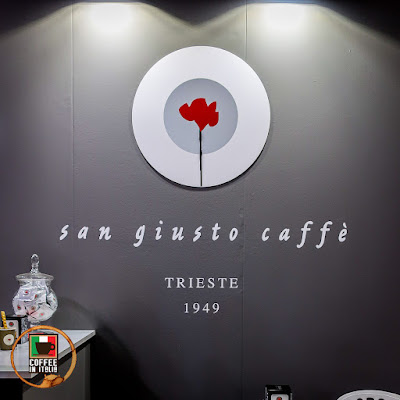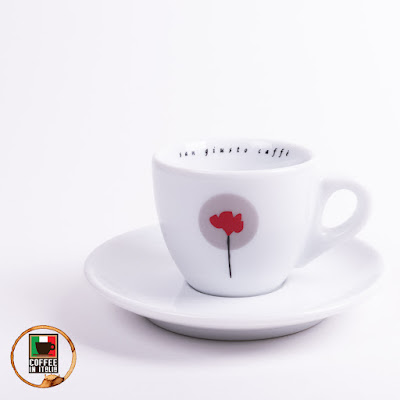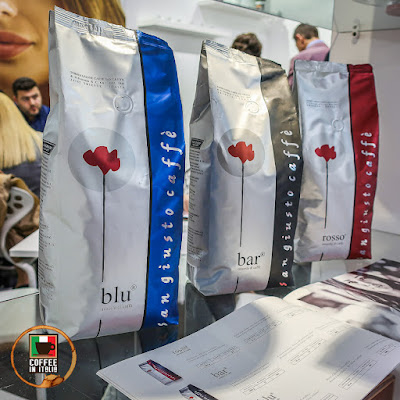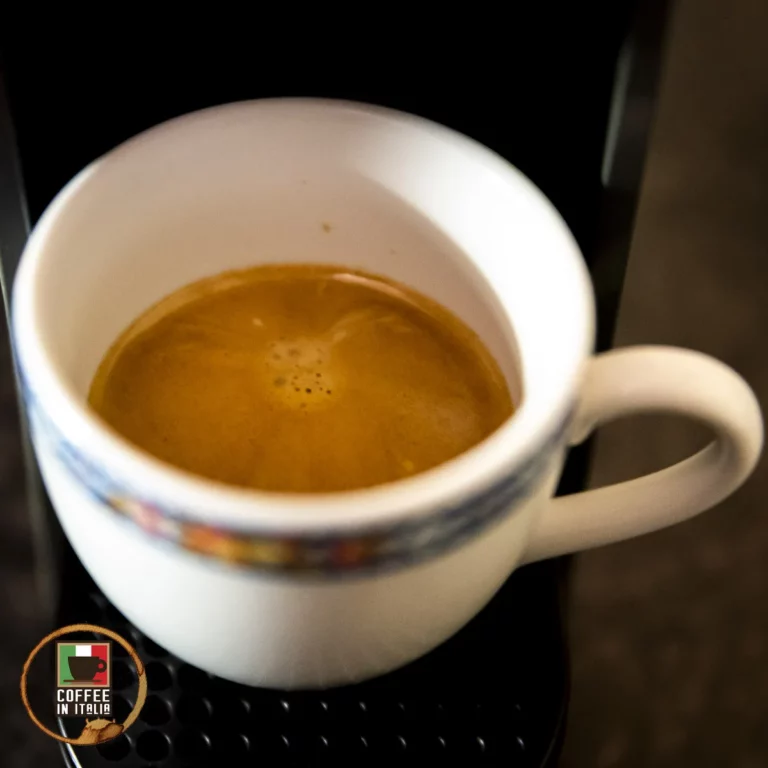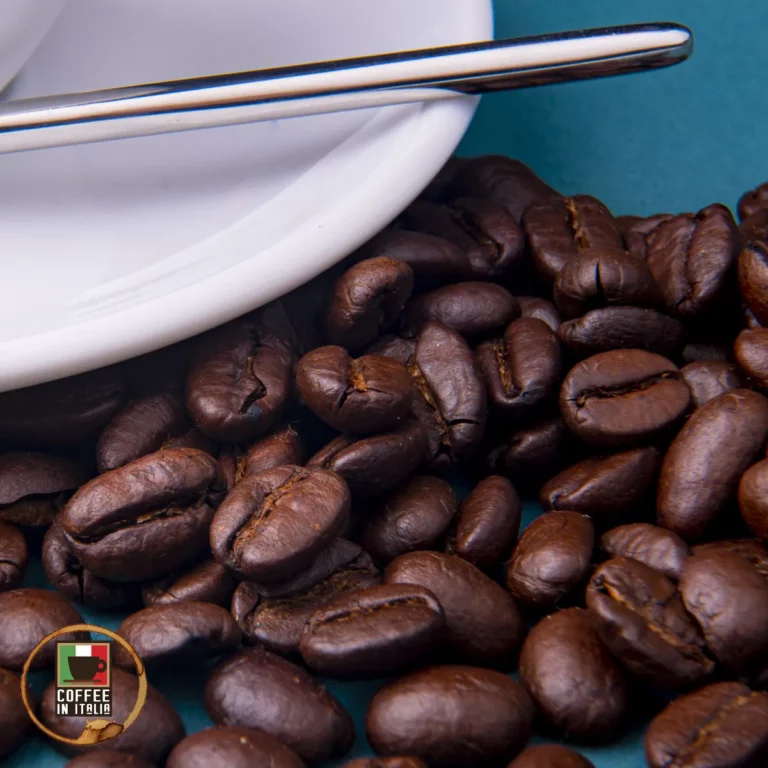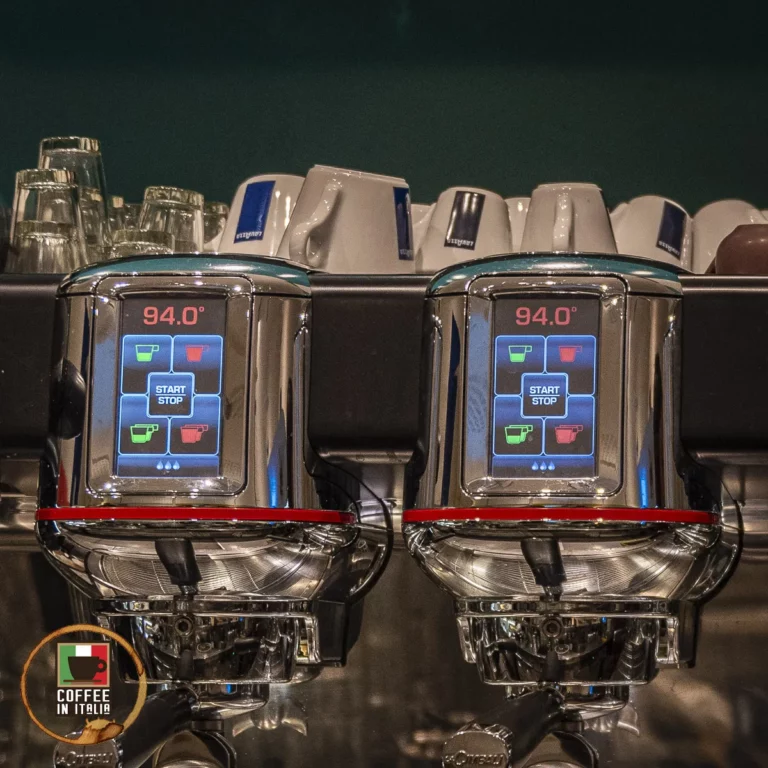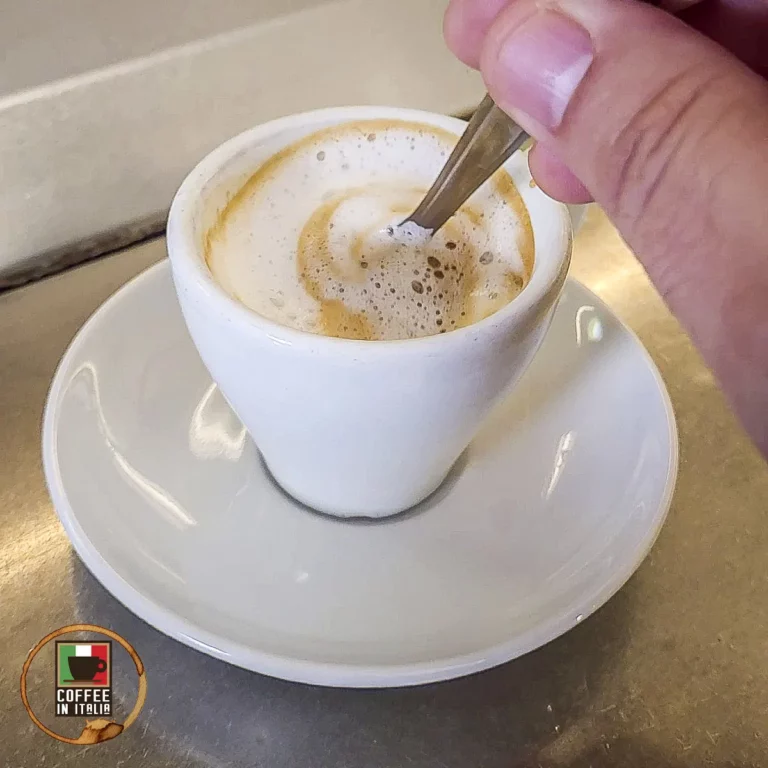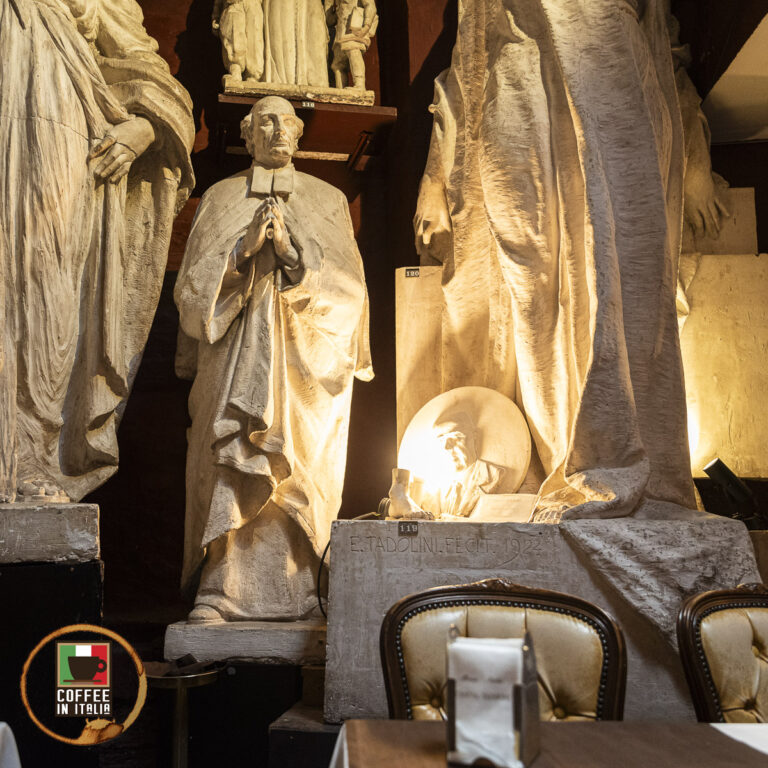Our Caffè San Giusto Review Will Have You Flying To Trieste
Caffè San Giusto is an amazing coffee from Trieste, Italy and we hope our review will convince you that a visit to this roaster should be in your travel plans.
We here at CoffeeInItalia.com have a surprisingly long history with San Giusto coffee and it was a favorite of ours for a number of years. After meeting the people that ran this roaster at the Trieste Coffee Festival, we started to import and sell their coffee on our eCommerce site, which is now closed. Today we simply enjoy the coffee and the memories from a pre-pandemic period that seems so long ago.
Some History Of Caffè San Giusto
The Trieste based coffee roaster (torrefazione) known as Caffè San Giusto Torrefazione was founded in 1949 by Libero Petronio and it is still owned by the same family. If you were wondering, San Giusto is the patron saint of Trieste, also known as: The City of Coffee because it is one of the major European ports of raw coffee. For seventy years Caffè San Giusto has specialized in the purchase of the best raw beans, in the creation of blends and in the artisan roasting of high quality coffee beans for espresso.
What Products Does Caffè San Giusto Sell?
Caffè San Giusto focuses on three blends of coffee, the Rosso, the Blu and the Bar, which are blends of Robusta and Arabica beans from Asia, Brazil and Central America. They also offer single origin beans that are available from: Brasil, Colombia, Costa Rica, Ethiopia, Mexico and Papua New Guinea.
The blends give the different coffees a variety of flavors, from intense and full bodied, to delicate and aromatic to a creamier taste with hints of chocolate. These are available in large bags, smaller tins, whole beans, a moka grind, pods and capsules that fit different coffee makers.
Why Is Trieste Famous For Coffee?
After the Pope gave his blessing to drinking coffee, the city of Trieste was given a boost by Maria Theresa, Head of the House of Habsburg, who is honored as the heroine who turned Trieste into a powerful port city when, in 1719, its port was declared tax-free under Austro-Hungarian rule. Trade began with coffee arriving from the Ottoman Empire, and Trieste was soon supplying beans to cafes throughout the Austro-Hungarian Empire, including Vienna’s famous coffee houses. People came to Trieste from all over the Mediterranean to start companies and build up the shipping and coffee business.
What Is The Oldest Coffee In Trieste?
San Giusto is only 70 years old, which is young by Italian standards. The oldest coffee from Trieste is found at Caffè Tommaseo, which was founded almost 200 years ago, in 1825. It was originally named after its founder, Tommaso Marcato, but in 1848 it was renamed Tommaseo, in honor of the Italian writer and patriot Niccolò Tommaseo.
Which Italian City Is Famous For Coffee?
It probably isn’t a surprise that Trieste is still today the main coffee port in Italy, but there is also a lot of coffee processing industry. Italian coffee consumption, often in the popular espresso form, is highest in the city of Trieste, with an average of 4.1 cups of coffee per person per day. That is about twice as much as is usually drunk in Italy.
What Is A “Long Black” In Italy?
Ordering a Long Black in Italy will probably get you some curious looks from the Barista because that term typically isn’t used here. What you will more commonly hear is someone asking for a Lungo, which in Italian means: long. A lungo is made by making an espresso with more water and almost twice as much time. It is not the same as a caffè americano, which is typically an espresso shot with hot water added to simulate an American-style drip coffee. Black, would just be without milk, but there is no need to specify this because Lungo is only espresso coffee.
What Is Macchiatone?
This too is not a drink that you will typically hear ordered in Italy. A caffè macchiato is the more common order, which is an espresso shot with only a mark (or stain) of milk foam added to it. A Macchiatone, as I understand it, uses the same amount of espresso, but has more milk foam added, which makes it something in between a macchiato and a cappuccino. In other words, the suffix -one added to an Italian word implies it is larger, so a macchiatone is a larger macchiato.
How Was San Giusto Coffee?
I have loved this coffee for years. Being from northern Italy, it is a more mellow roast than you will find in the regions in the south of Italy, like in Naples and further south. Being a roast in the Italian tradition, you can be certain it is full of flavor without tasting burnt or sour. Depending on the blend you choose, you will notice notes of chocolate or cacao, creaminess and an aroma that you will enjoy every morning.
Where Can I Buy San Giusto Coffee?
There was a time a few years ago that we were proud to offer San Giusto coffee for sale on our eCommerce site, but unfortunately we needed to close the shop when we relocated from the US to Rome. Now, of course you can buy it when you are in Trieste, and they ship their coffee across Italy from their E-shop, but for interested customers outside of Italy, they should send their request to:
e-shop@sangiustocaffe.com and they will send their products anywhere in the world.
More Italian Coffee Experiences
If you are interested in learning more about the Italian coffee and the culture that embraces it, you should check out some of our other posts:
- My Danesi Coffee Review Highlights The Best Coffee In Rome.
- Let My Pellini Coffee Review Be Your Guide To Flavor.
- My Kimbo Coffee Review Celebrates The Best Coffee In Italy.
- Are Sant’Eustachio Coffee Beans Worth A Taste In Rome?
- illy India Coffee Will Start Your Morning With Flavor.
- A Caffè Motta Review – Another Coffee Favorite From Naples.
- Battista Coffee In Puglia Roast Coffee You Need To Try.
- Review: Passalacqua Mehari Coffee Is A Neapolitan Favorite.
- Review: Caffè Kosè By Kimbo Is A Delicious Surprise.
- Danesi Gold Review Of Another Roman Delight To Wake Up To.

